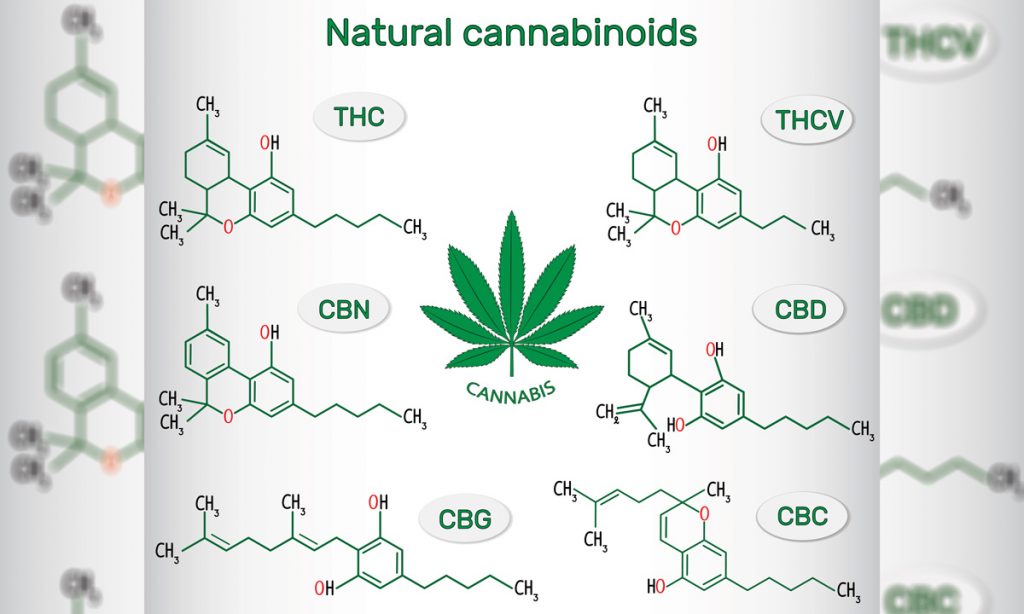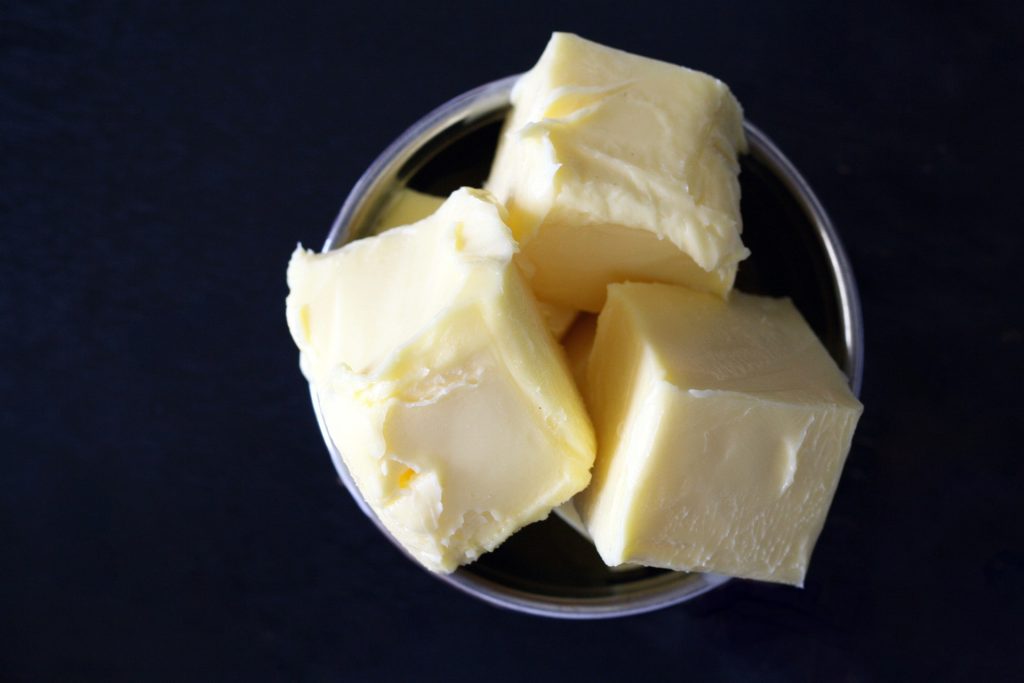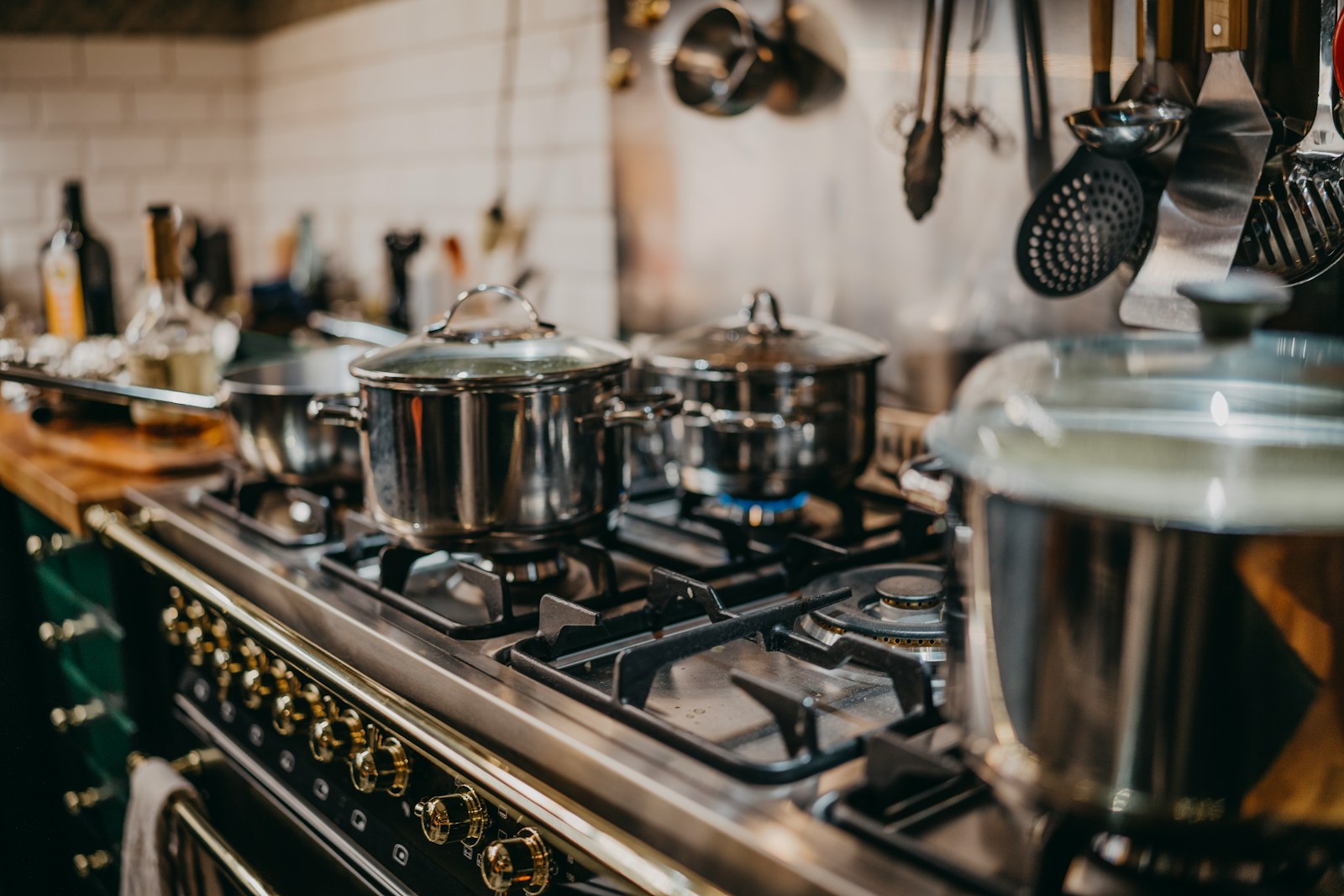To cook with marijuana properly, you need to take the step even the most enthusiastic “baker” down the street is probably forgetting — decarboxylation.
So you’re new to cannabis — welcome! You’ve likely already started enjoying and experimenting (always in moderation). The edibles at your local shop look so yummy, don’t they? But $15 for a brownie?! You’ve been baking your entire life. How tough can it be to make your own?
The answer: It’s not. But it’s likely not the same kind of baking you’re used to. To cook with marijuana properly (meaning effectively, as in, the marijuana doesn’t take over the flavor of the dish completely and it’s the correct dosage), you need to take the step even the most enthusiast “baker” down the street is probably forgetting — decarboxylation.
Please. Come back. Sit down. This isn’t going to be a lecture on organic chemistry. I mean, if you want that, go here. But decarboxylation is something you haven’t likely done before, right? It’s still a novel idea in modern American cooking when home chefs prepare their own ingredients.
What It Does
(Briefly) chemically speaking, decarboxylation removes carbon atoms from a carbon chain. For our purposes, it will convert THCA to THC. THC, one of the two most discussed compounds in cannabis, is the main cause of the euphoria associated with it. It already exists in raw marijuana you buy since as it dries it converts THCA to THC. Decarboxylation jump-starts the process.
RELATED: This Is What You Need To Do To Marijuana Before You Can Make Edibles

How to Do It
You will need ground marijuana (finer is better), a baking sheet/pan and, if you have it, baking parchment. Preheat the oven to 225 degrees Fahrenheit. Cover the pan with a sheet of the parchment. Evenly lay the herb out on the paper. Bake at 225 for 45 minutes.
RELATED: I Used A Decarboxylator To Make Weed Beer And It Was Amazing
As with barbecue, there are hundreds of Vital Secret Rules on how to improve. Two things to consider when modifying this recipe: Higher heat may burn the marijuana and make it less effective and taste worse. Low and slow may be the way to go, but it will release more odor and 75 minutes at 200 degrees might be too much of a time commitment — though that gets great results.
Other advice: Ventilate the area properly and use a timer. Especially if you’ve already been indulging.
What Now?
Your cannabis is now ready to be added to butter or made into tinctures or flavored oils. My personal favorite is cannabis-infused oil brushed on grilled salmon toward the end of cooking. When using cannabis butter in recipes use the same amount of butter as called for in the recipe.
Butter and oils are better than dumping marijuana into the batter. THC is oil (and alcohol) soluble. So when you infuse, you get more of the effect, less of the strong plant flavor.

A Word About Dosage
The main issue regarding cooking with cannabis is that it is illegal under federal law so there is no standard “dose.” And most states where it is legal label THC content, but that substance has varying effects on people. Unlike alcohol where most adults know what one drink will do to them. Or two. Tell the salesperson at the shop you will be baking and note the strain its THC percentage you will be using in your recipe. When cooking, start with a little. Use Jeff the 420 Chef’s calculator to gauge how much THC you will be adding to servings. Write this down. After eating make some notes and some suggestions less/more for next time.
RELATED: 5 Ways To Figure Out THC Dosage With Cannabutter
Keep in mind smoking marijuana can have an effect in five minutes and is gone in two hours or less. The body processes edible cannabis differently and it can take an hour or more to have an effect, which can last up to four hours. The potential danger is a newbie can eat, not feel anything in 30 minutes, then eat more. Then become Maureen Dowd. Start low and go slow until you know what works for you.


